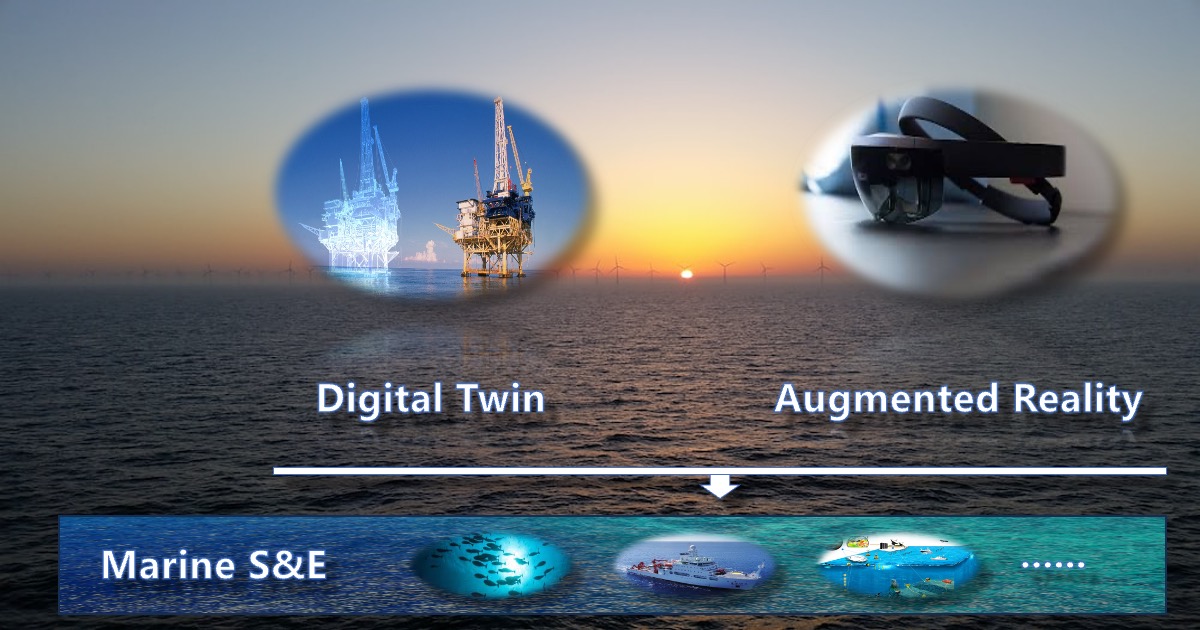Theories and Techniques in Intelligent Digital Twins in Marine Science and Engineering
A special issue of Journal of Marine Science and Engineering (ISSN 2077-1312). This special issue belongs to the section "Ocean Engineering".
Deadline for manuscript submissions: 20 December 2024 | Viewed by 3777

Special Issue Editors
Interests: ocean data science; machine learning; computer vision
Special Issues, Collections and Topics in MDPI journals
Interests: ocean intelligent computing; digital vision technology; human-machine interaction
Special Issues, Collections and Topics in MDPI journals
Interests: underwater 3d vision; rov interaction; computer vision; deep learning
Special Issue Information
Dear Colleagues,
Research on creating virtual copies from the real world has been pursued in many areas from science studies, process simulations, and event prediction to industrial engineering and product manufacturing, among others. It is clear that work from the domains of marine science and engineering will be dramatically augmented by the utilizations of this concept, which is commonly called the digital twin (DT). This Special Issue provides opportunities for exchanging the theories and techniques in intelligence that can help to create accurate and precise digital twins, which will enhance studies in both marine science and engineering.
There are many scenarios where people will find it difficult to study and interact directly with real-world marine entities due to various physical limitations. Digital twins can easily bridge the gap between humans and the physical world across spatial and temporal dimensions. For example, with smart digital twins, researchers can understand processes in physical oceanography intuitively, and conduct an event prediction or anomaly detection efficiently. To create such intelligent digital twins, advanced theories and techniques should be explored in areas such as intelligent marine big data acquisition and processing, hardware and algorithms for intelligent data computing, and multi-modal enhanced data visualization, among others. This Special Issue will aim at consolidating views in recent trends and major challenges for those topics. We present a platform and forum to disseminate state-of-the-art research and trends in this context and help to exchange new thoughts and perspectives that can further push the progress of constructing a future smart marine world.
The Special Issue topics of interest include but are not limited to:
- Vision-based 3D modelling for marine applications;
- Multi-sensory based underwater 3D perception;
- Deep learning in data computing;
- Point-cloud manipulation and processing;
- Ubiquitous intelligence and computing for marine science;
- Digital twin in oceanology;
- Multi-modal data visualization;
- Deep learning-based data understanding.
Prof. Dr. Junyu Dong
Prof. Dr. Hui Yu
Dr. Shu Zhang
Dr. Hongjie Ma
Guest Editors
Manuscript Submission Information
Manuscripts should be submitted online at www.mdpi.com by registering and logging in to this website. Once you are registered, click here to go to the submission form. Manuscripts can be submitted until the deadline. All submissions that pass pre-check are peer-reviewed. Accepted papers will be published continuously in the journal (as soon as accepted) and will be listed together on the special issue website. Research articles, review articles as well as short communications are invited. For planned papers, a title and short abstract (about 100 words) can be sent to the Editorial Office for announcement on this website.
Submitted manuscripts should not have been published previously, nor be under consideration for publication elsewhere (except conference proceedings papers). All manuscripts are thoroughly refereed through a single-blind peer-review process. A guide for authors and other relevant information for submission of manuscripts is available on the Instructions for Authors page. Journal of Marine Science and Engineering is an international peer-reviewed open access monthly journal published by MDPI.
Please visit the Instructions for Authors page before submitting a manuscript. The Article Processing Charge (APC) for publication in this open access journal is 2600 CHF (Swiss Francs). Submitted papers should be well formatted and use good English. Authors may use MDPI's English editing service prior to publication or during author revisions.
Keywords
- digital twin
- 3D reconstruction
- intelligent computing
- ocean data
- underwater intelligence
- multi-modal data
- deep learning
- visual computing
Benefits of Publishing in a Special Issue
- Ease of navigation: Grouping papers by topic helps scholars navigate broad scope journals more efficiently.
- Greater discoverability: Special Issues support the reach and impact of scientific research. Articles in Special Issues are more discoverable and cited more frequently.
- Expansion of research network: Special Issues facilitate connections among authors, fostering scientific collaborations.
- External promotion: Articles in Special Issues are often promoted through the journal's social media, increasing their visibility.
- e-Book format: Special Issues with more than 10 articles can be published as dedicated e-books, ensuring wide and rapid dissemination.
Further information on MDPI's Special Issue polices can be found here.








